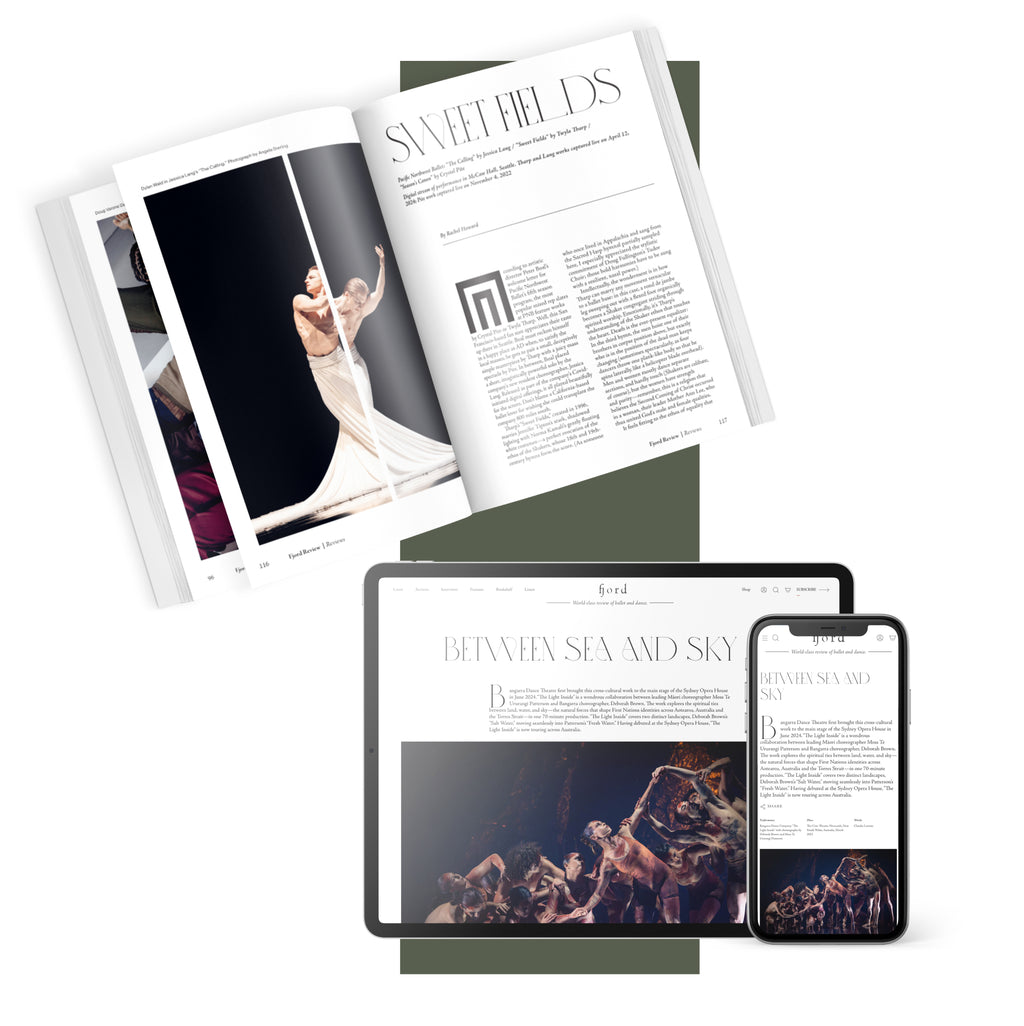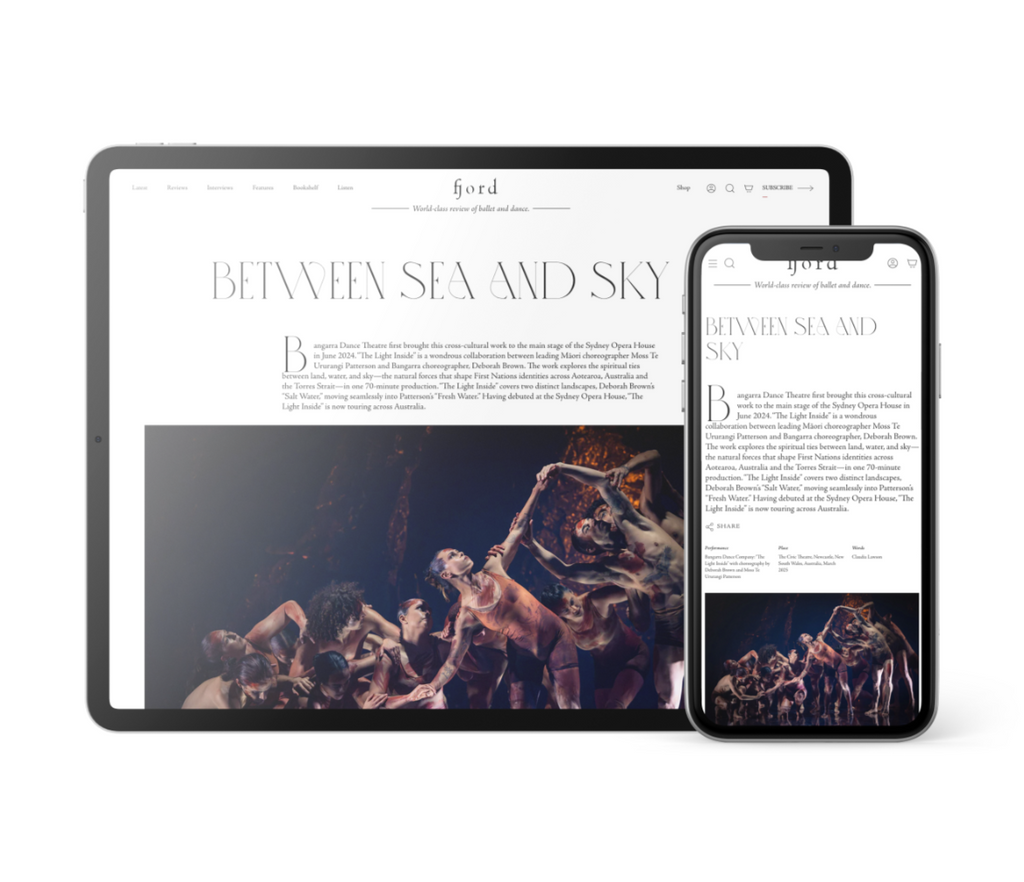Ultimate Release
Perhaps not since Mikhail Fokine’s 1905 iconic “The Dying Swan” has there been as haunting a solo dance depiction of avian death as Aakash Odedra Company’s “Songs of the Bulbul” (2024).
Continue Reading
World-class review of ballet and dance.
For twenty-five years, Roberto Bolle has brought together a constellation of celebrated stars and rising talent to share the stage with him. This year, fresh from a stop in Osaka, “Roberto Bolle and Friends” returned to enchant the Terme di Caracalla in Rome, the Teatro Antico in Taormina, and, for their grand finale, the Arena di Verona. In November, the tour continues with a one-night performance at London’s Sadler’s Wells and three shows at Milan’s Teatro degli Arcimboldi. Verona—the city of fabled love and enduring ruins—offered a fitting backdrop for Bolle’s philia, his affectionate bond with the artists he has tirelessly championed, and for a dancer who, at fifty, still seems to defy the passage of time.
Performance
Place
Words



“Uncommonly intelligent, substantial coverage.”
Your weekly source for world-class dance reviews, interviews, articles, and more.
Already a paid subscriber? Login

Perhaps not since Mikhail Fokine’s 1905 iconic “The Dying Swan” has there been as haunting a solo dance depiction of avian death as Aakash Odedra Company’s “Songs of the Bulbul” (2024).
Continue ReadingDance, at its best, captures nuance particularly well, allowing us to feel deeply and purely. In its wordlessness, it places a primal reliance on movement and embodied knowledge as communication all its own. It can speak directly from the body to the heart, bypassing the brain’s drive to “make sense of.”
Continue Reading“Racines”—meaning roots—stands as the counterbalance to “Giselle,” the two ballets opening the Paris Opera Ballet’s season this year.
Continue Reading“Giselle” is a ballet cut in two: day and night, the earth of peasants and vine workers set against the pale netherworld of the Wilis, spirits of young women betrayed in love. Between these two realms opens a tragic dramatic fracture—the spectacular and disheartening death of Giselle.
Continue Reading
comments